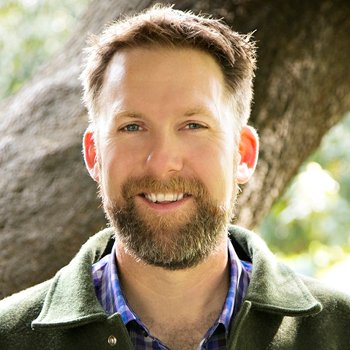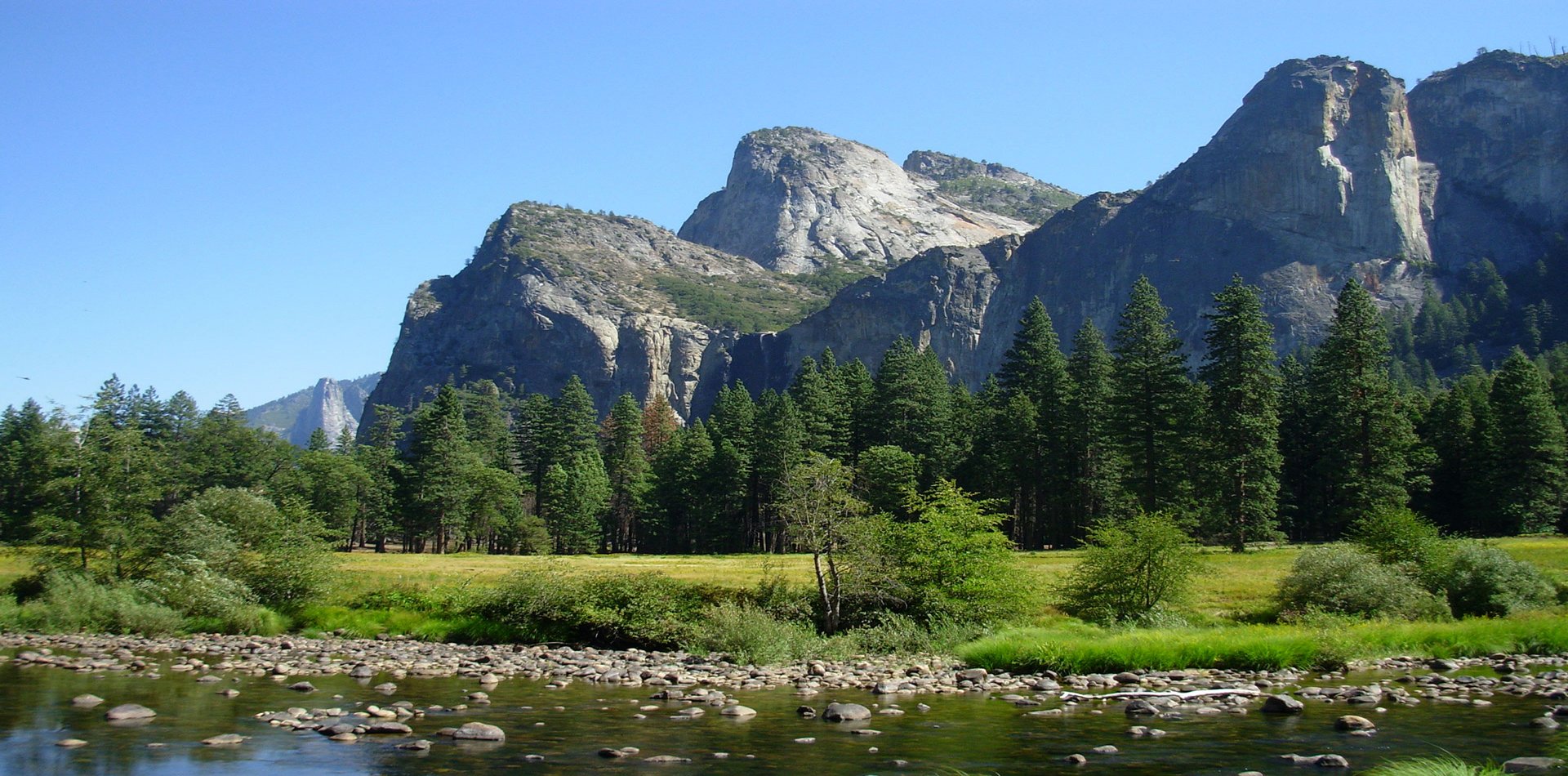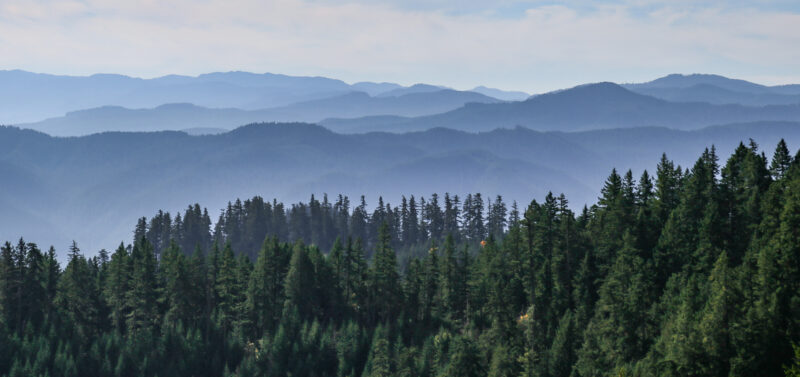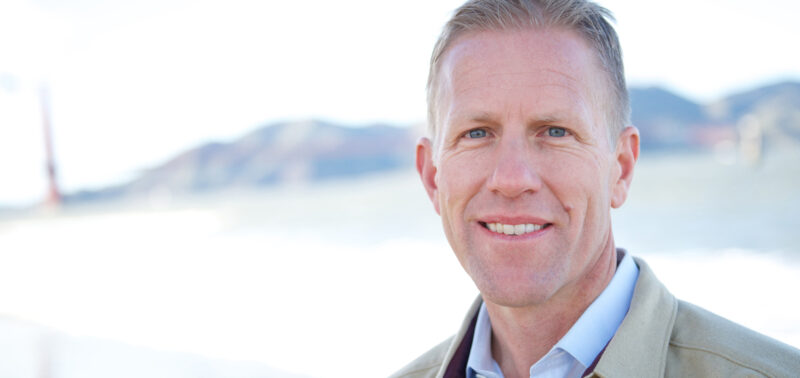ESA is pleased to sponsor, present, and attend this year’s National HCP Coalition 10th Annual...

Yuba River Canyon Restoration Project
This reach of the Yuba River was impacted by Gold Rush hydraulic mine debris, construction of Englebright Dam in 1941, and the 1997 Flood—aggrading and armoring the floodplain, scouring the channel and stranding any available sediment on the floodplain, and severely degrading instream spawning habitat used by federally-endangered spring-run Chinook salmon.
Why does this project matter?
Funded by the United States Fish and Wildlife Service (USFWS) through its Anadromous Fish Restoration Program, this restoration effort supports recovery of these important fish, and the decade-long interdisciplinary “plan-design-permit-build” project reflects a deep commitment to river restoration, partnerships, and stewardship.
What is ESA doing to help?
The restoration project excavated and sorted the aggraded floodplain sediment to increase floodplain inundation and juvenile salmon habitat, and built up three in-channel riffles for spawning and pools for holding. Construction of a temporary river crossing, which was later integrated into a spawning riffle, provided access to the site during construction.
Because heavy equipment had no previous access to the site, subsurface conditions in excavation areas were unknown until construction began. Without pre-determined particle-size distributions for design, project engineers and geomorphologists collaborated with the contractor to excavate test pits and adaptively optimize restoration designs in real-time during the eight-week in-water construction period. Field engineering and design adjustments resolved construction bottlenecks and limited construction delays.
Construction was completed in August 2018 and post-project monitoring will continue until 2021.
Connect with our team
"This project provided a great opportunity to restore spawning habitat to spring-run Chinook Salmon as well as other salmonids and native species in the Central Valley. It can be a challenge for us to find partners that have experience with river restoration, and we’re really lucky to be working with ESA to help achieve these conservation goals."
Details
Client U.S. Fish and Wildlife Service
Location Smartsville, CA
Market Natural Resource Management
Services
Adaptive Management
Agency Consultation & Coordination
Archaeology
Air Quality
Biological Resources
California Environmental Quality Act (CEQA)
Community Engagement
Construction Compliance Monitoring
Environmental Permitting & Compliance
Fish and Aquatic Sciences
Hydrology, Hydraulics & Geomorphology
National Environmental Policy Act (NEPA)
Noise & Vibration
Permitting Assistance
Restoration
River & Floodplain Restoration
Unmanned Aerial Vehicles (UAV)
Watershed Assessment & Management
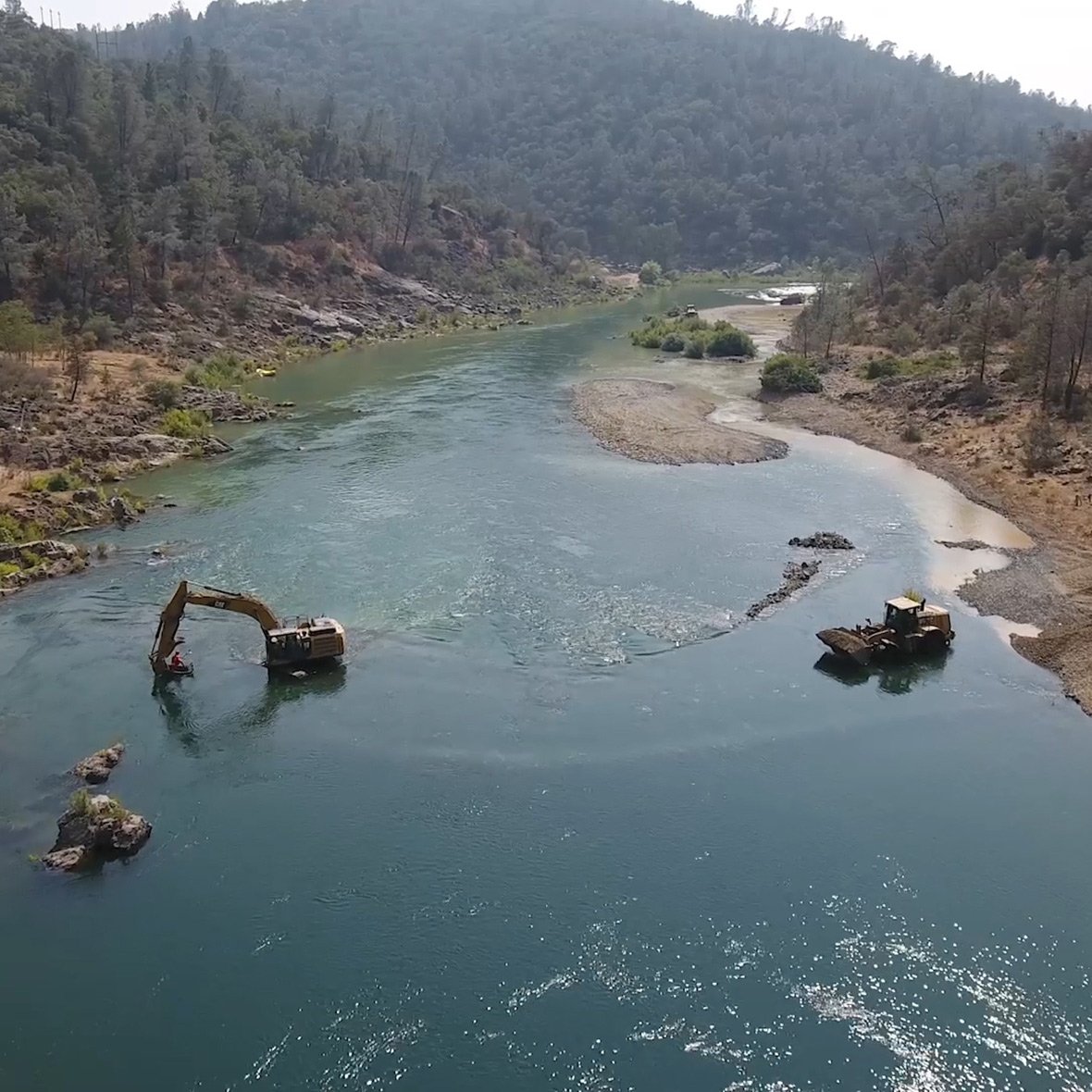
Similar Projects
News & Ideas
ESA is pleased to announce exciting new additions to the Northwest region as we welcome...
On October 10, 2024, the California Fish and Game Commission accepted the petition to list...
ESA is pleased to present and attend this year’s Bay-Delta Science Conference in Sacramento, California from...
ESA is pleased to announce that Jorgen Blomberg has been selected to lead the firm’s...
ESA is a proud sponsor of the 38th Annual Environmental Permitting Summer School conference. At...
